Horizontal balers are machines used to compress waste materials into compact, easy-to-manage bales. They are commonly used in recycling and waste management operations to reduce waste volume and improve handling efficiency. Read More…
Since 1962, Maren has led the industry, building powerful and reliable manual tie, automatic tie and two ram balers, shredders and conveyors. That’s why many of the most successful paper & box plants, distribution centers, post consumer recyclers, and printers rely on Maren Balers to bolster their bottom line. Maren’s reputation for great customer service has carried from generation to...
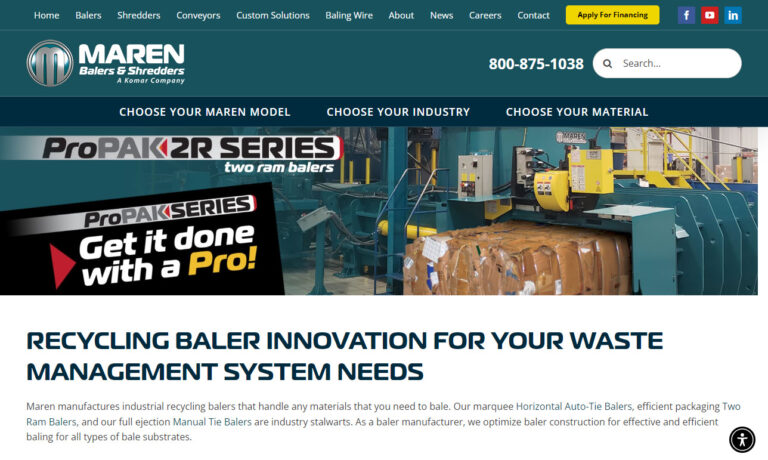
In Business for over 100 years, Harris has maintained its position as the industry leader by paying attention to its customers needs. Our vertical, horizontal and 2-ram balers process recovered papers, paperboard, plastics, solid waste and light ferrous and non ferrous metals. Harris supplies the right equipment for your application.
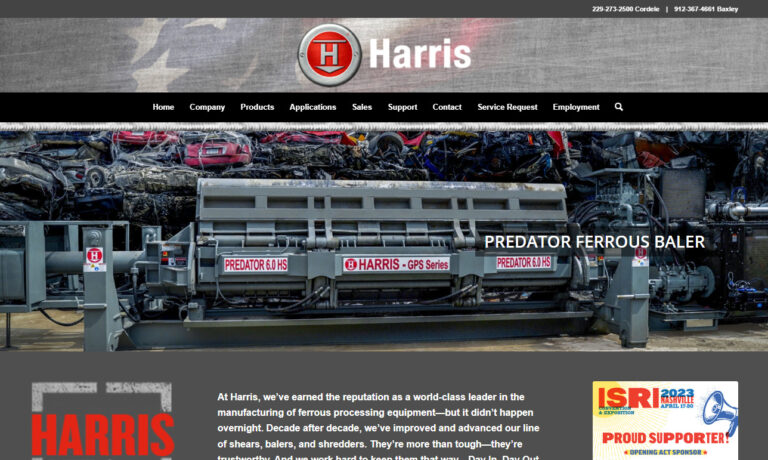
The only thing stronger than an Excel baler is the loyalty of our customers. Excel continues to break new ground by designing equipment with energy-saving technologies, developing balers to fit your business and solve your problems, and introducing products that process more material and make you more money. While the competition makes their balers cheaper, we make Excel balers better!
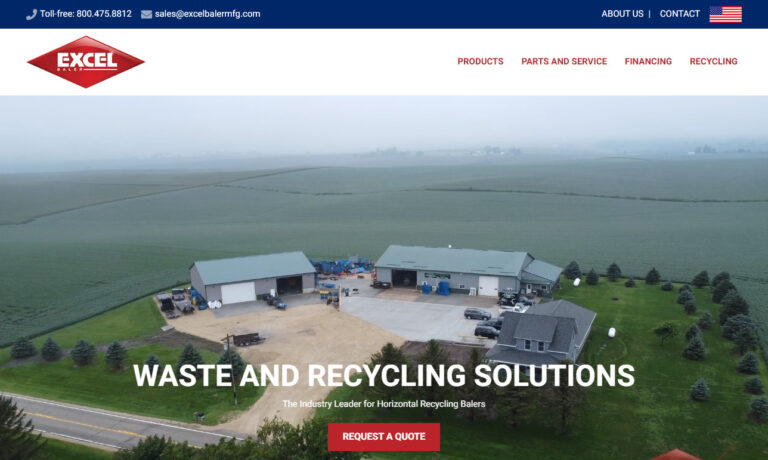
SSI Shredding Systems provides a wide range of waste management products, including industrial shredders, industrial balers, industrial reducers and industrial compactors.
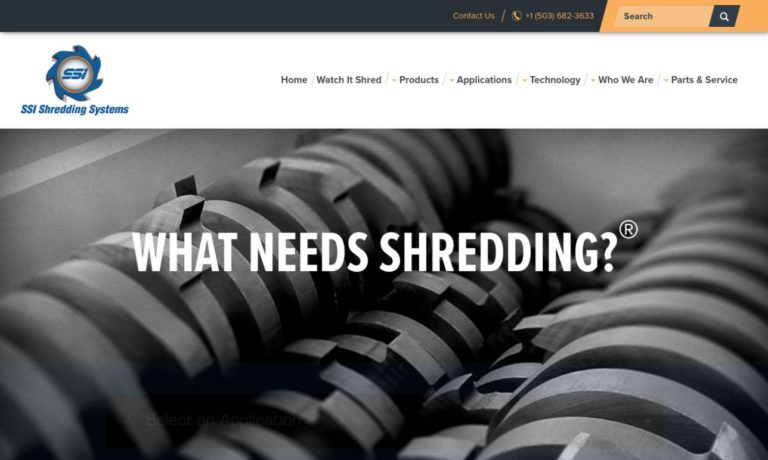
If you are currently paying for the disposal of cardboard, paper, plastic or non-ferrous metals; than consider International Baler Corporation & our range of balers and related equipment.
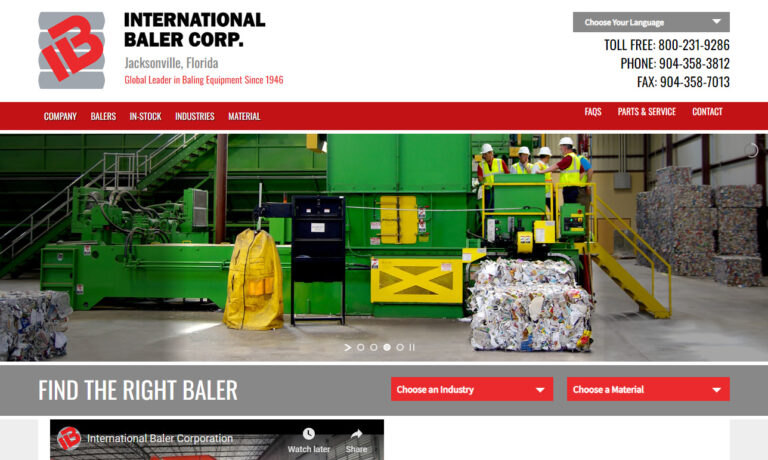
More Horizontal Baler Manufacturers
Components of Horizontal Balers
Horizontal balers consist of several key components that are essential to their operation. These components include the hopper, ram, bale chamber, tying mechanism, and control system. Each component serves a unique purpose and works together to create a functioning horizontal baler.
The hopper is where the waste material is loaded into the machine. The ram is responsible for pushing the waste material into the bale chamber, where it is compressed into a bale. The tying mechanism secures the bale with twine or wire, while the control system regulates the machine's operation.
Variations Among Horizontal Balers
Horizontal balers come in various designs and configurations, each tailored to meet specific needs. Some common variations of horizontal balers include single-ram vs. dual-ram, open-end vs. closed-end, and manual-tie vs. auto-tie.
Single-Ram Horizontal Balers
Single-ram horizontal balers have a single compression chamber and are ideal for processing large volumes of similar materials, such as cardboard or plastic.
Dual-Ram Horizontal Balers
Dual-ram horizontal balers, on the other hand, have two compression chambers and are better suited for handling a variety of materials.
Open-End Horizontal Balers
Open-end horizontal balers have an opening on one side, allowing for continuous feeding of waste material.
Closed-End Horizontal Balers
Closed-end horizontal balers, on the other hand, have a fully enclosed chamber and are better suited for processing materials that require a higher degree of compression.
Manual-Tie Horizontal Balers
Manual-tie horizontal balers require manual tying of bales using twine or wire, while auto-tie horizontal balers have an automatic tying mechanism that secures the bales.
It is important to note that a horizontal baler can be classified in multiple ways since a horizontal baler can have features that fall into more than one of these categories. For example, a horizontal baler can be both a single-ram and a closed-end baler. Similarly, it's possible to have a manual-tie, closed-end baler. Manufacturers design and produce horizontal balers with different features and capabilities to meet the specific needs of different industries and waste materials.
Considerations Regarding Horizontal Balers
While horizontal balers offer many benefits, there are also some considerations to keep in mind. These include maintenance requirements, operational costs, and safety concerns. Maintenance requirements can be extensive, and the machine may require regular cleaning and repairs. Operational costs, such as energy consumption and labor costs, can also be significant. Additionally, horizontal balers can pose safety risks, as they involve heavy machinery and require proper training and safety procedures to operate safely.
Benefits of Horizontal Balers
Despite these considerations, horizontal balers offer many benefits. They are an efficient way to manage waste, as they reduce the volume of waste material and minimize the need for frequent pickups. They also save space, as the bales can be stacked and stored in a compact manner.
Additionally, horizontal balers are cost-effective, as they reduce waste-handling costs and can generate revenue by selling the bales to recycling facilities. They also promote sustainability by reducing the amount of waste sent to landfills and promoting recycling efforts.
Applications of Horizontal Balers
Horizontal balers have many applications in various industries, such as:
Recycling Facilities
In recycling facilities, horizontal balers are used to compress materials such as cardboard, plastic, and metal into compact bales that can be transported more efficiently.
Manufacturing Plants
Manufacturing plants use horizontal balers to compress materials such as foam, textiles, and paper into bales for storage and transport.
Distribution Centers
Distribution centers use horizontal balers to compress packing materials such as cardboard and plastic to reduce waste and improve handling efficiency.
Waste Management Facilities
Waste management facilities use horizontal balers to manage waste materials and reduce the volume of waste sent to landfills.
Agricultural Operations
Agricultural operations use horizontal balers to compress materials such as hay and straw for storage and transport.
Retailers
Retailers use horizontal balers to compress cardboard and plastic packaging materials generated by their operations.
Hospitals
Hospitals use horizontal balers to compress medical waste such as gowns, gloves, and other disposable materials generated by their operations.
Municipalities
Municipalities use horizontal balers to manage waste generated by their communities. This includes compressing materials such as paper, cardboard, and plastic to reduce waste volume and transport costs.
Data Centers
Data centers generate large quantities of cardboard, foam, and plastic packaging materials that can be compressed into bales using horizontal balers.
Logistics
Logistics companies use horizontal balers to compress materials such as plastic wrapping, pallets, and strapping to reduce waste volume and transport costs.
Landscaping
Landscaping companies use horizontal balers to compress materials such as tree branches, leaves, and grass clippings into bales for storage and transport.
Printing Companies
Printing companies use horizontal balers to compress paper waste generated by their operations.
Choosing the Correct Horizontal Baler Manufacturer
To ensure you have the most beneficial outcome when purchasing a horizontal baler from a horizontal baler manufacturer, it is important to compare several companies using our directory of horizontal baler manufacturers. Each horizontal baler manufacturer has a business profile page highlighting their areas of experience and capabilities, along with a contact form to directly communicate with the manufacturer for more information or to request a quote. Review each horizontal baler business website using our patented website previewer to quickly learn what each company specializes in. Then, use our simple RFQ form to contact multiple horizontal baler companies with the same form.

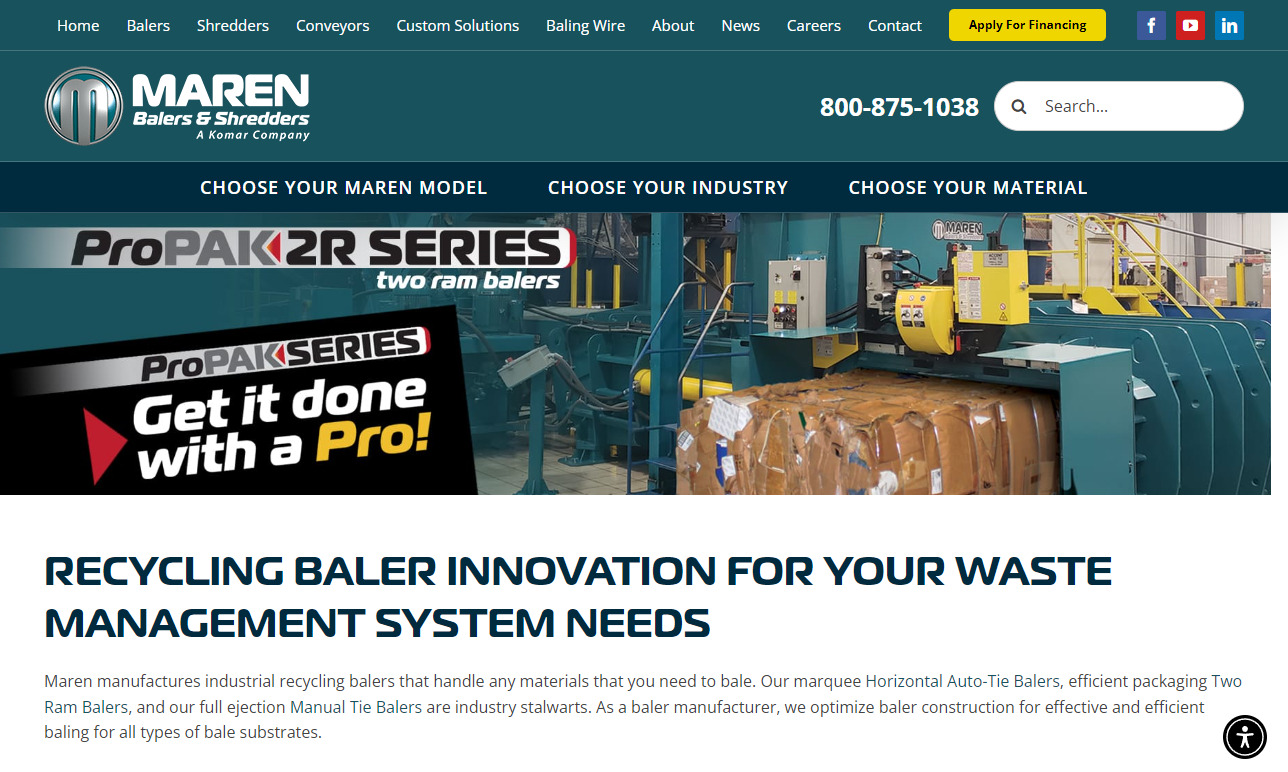
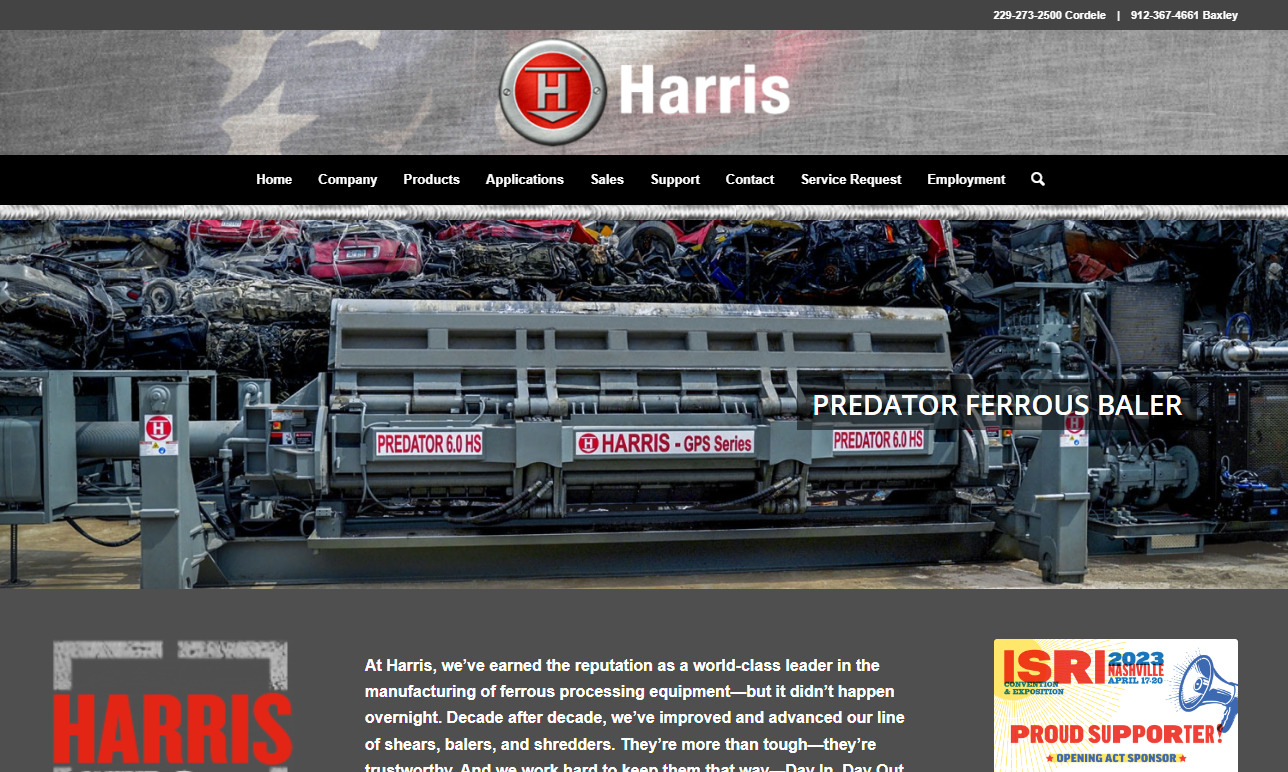
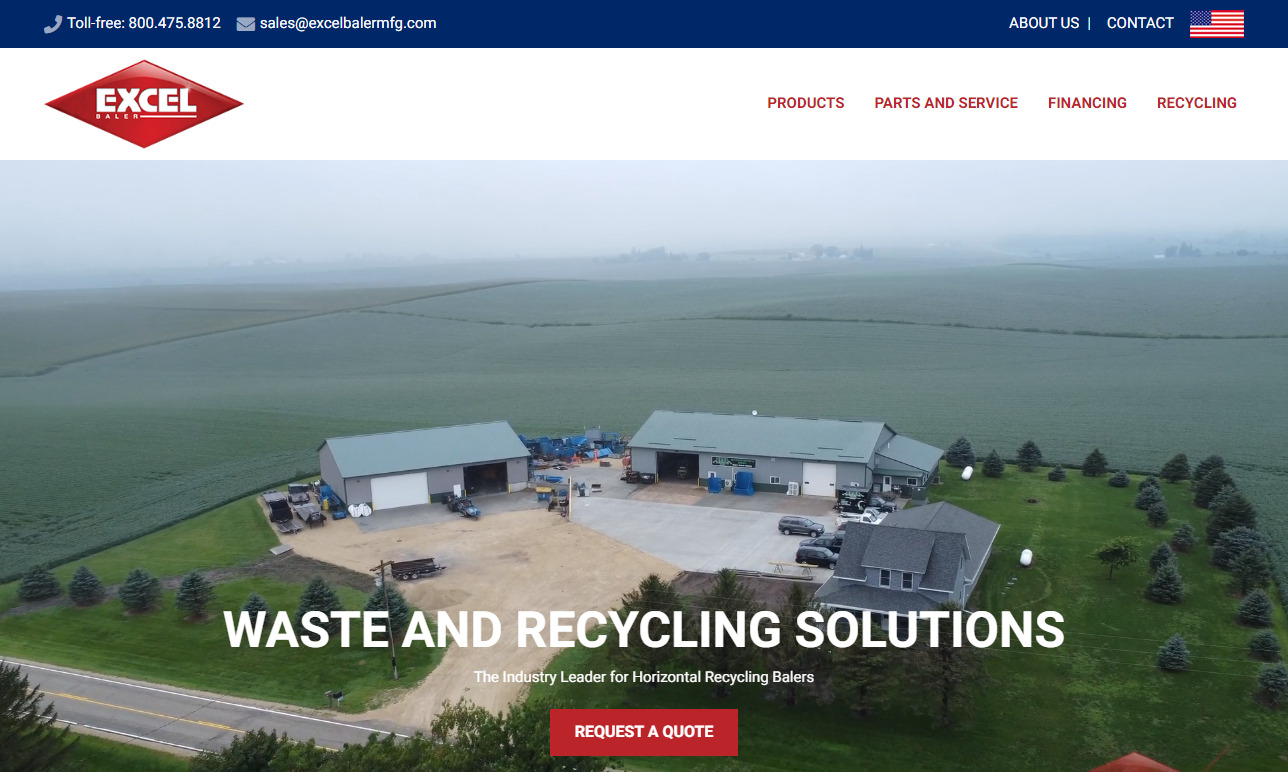
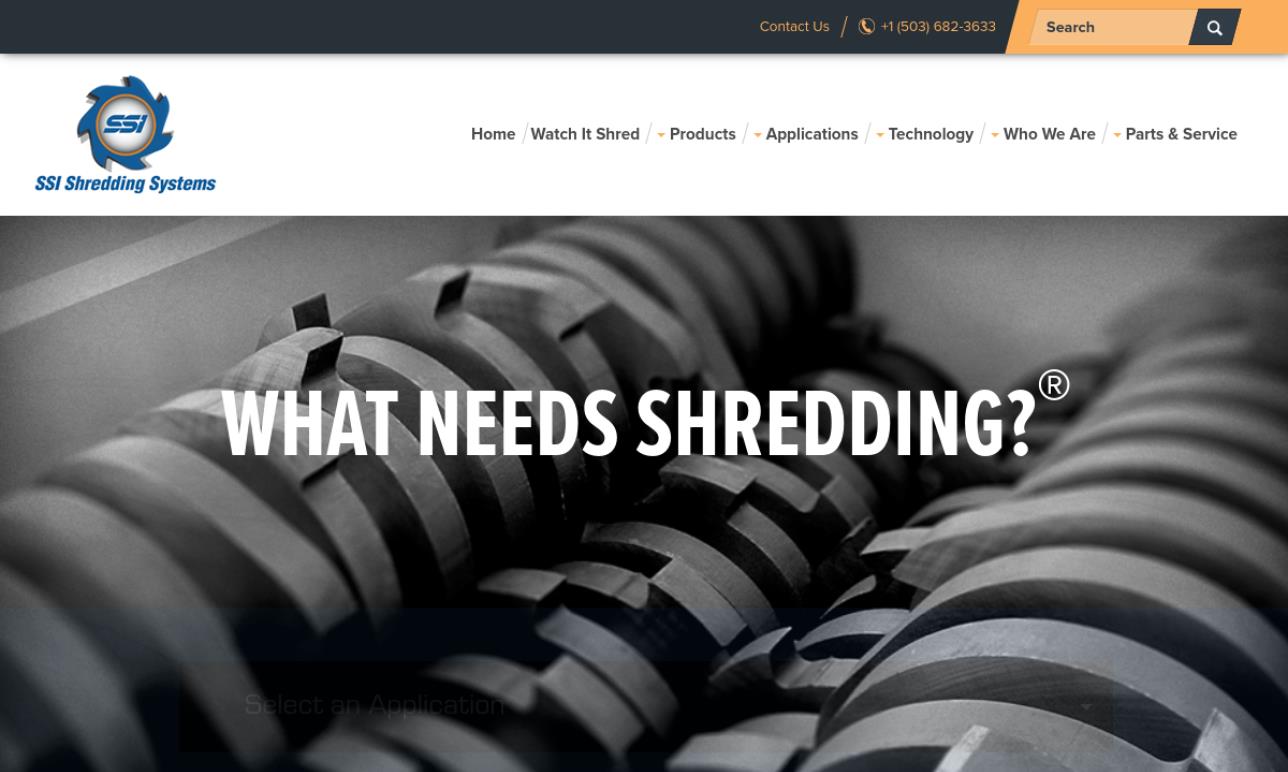
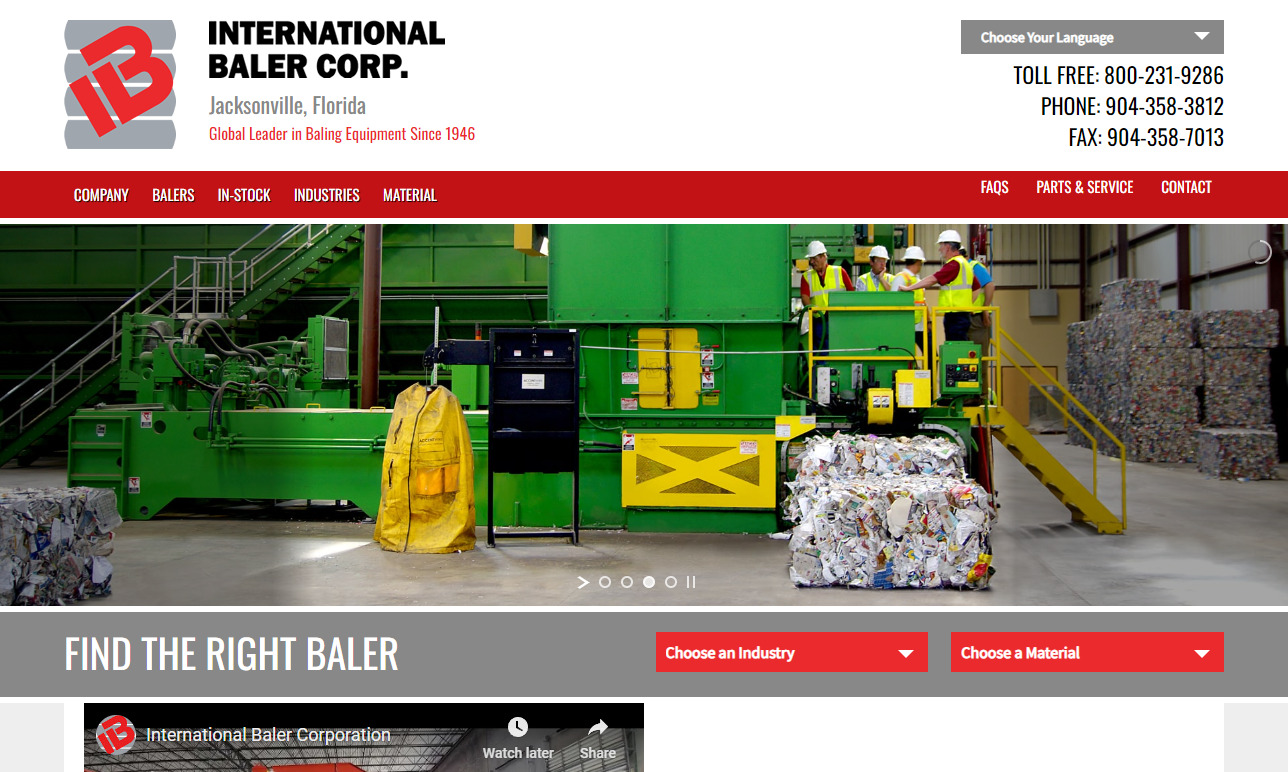
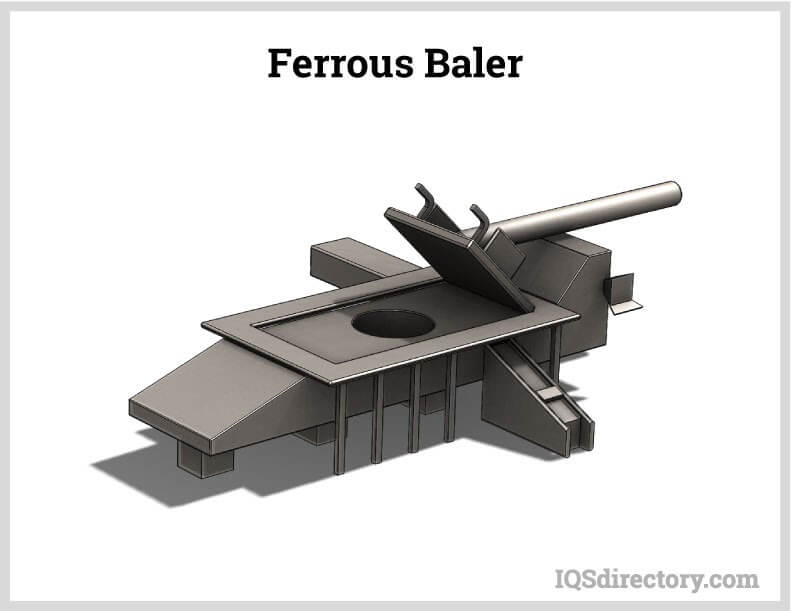
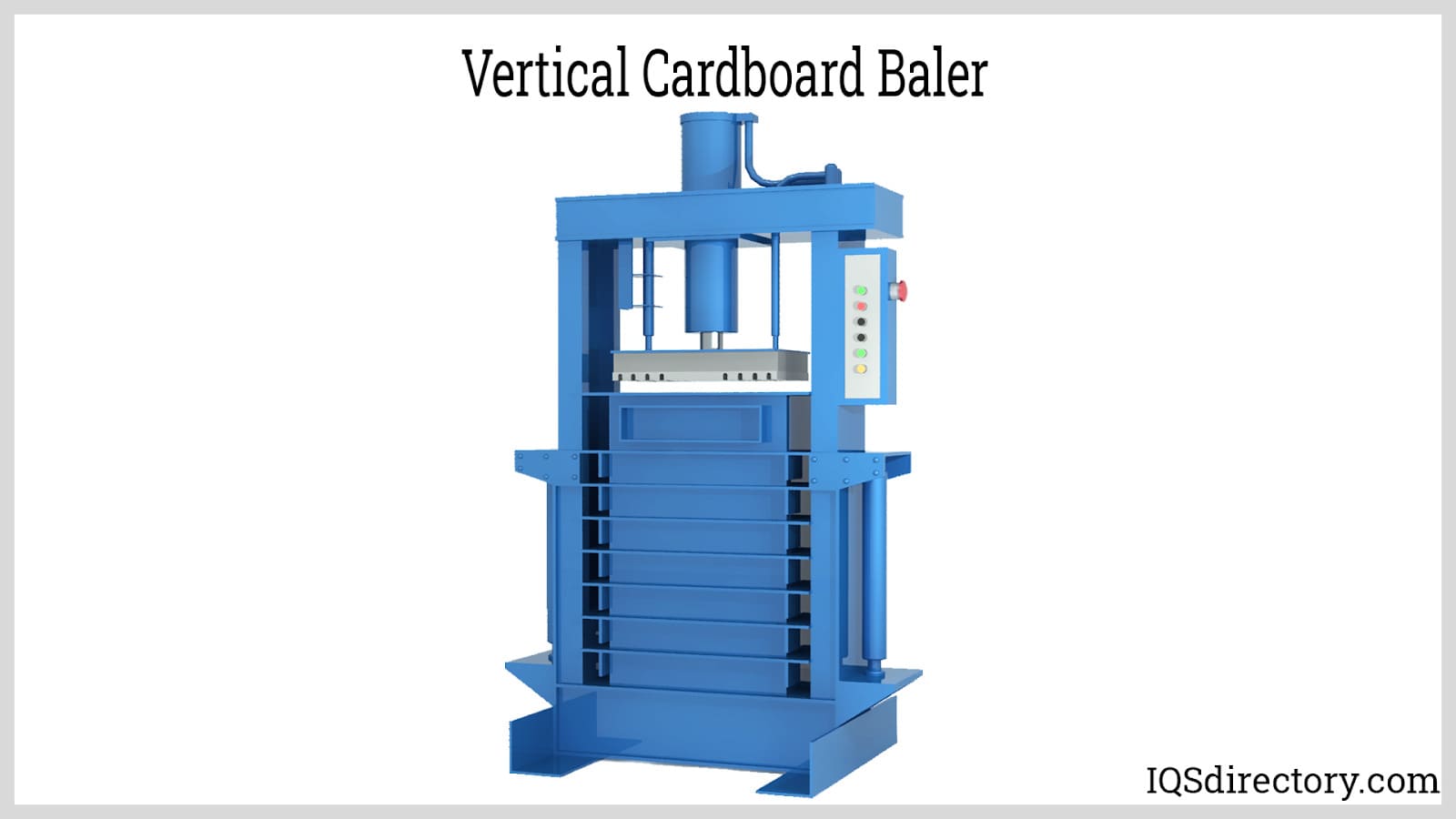
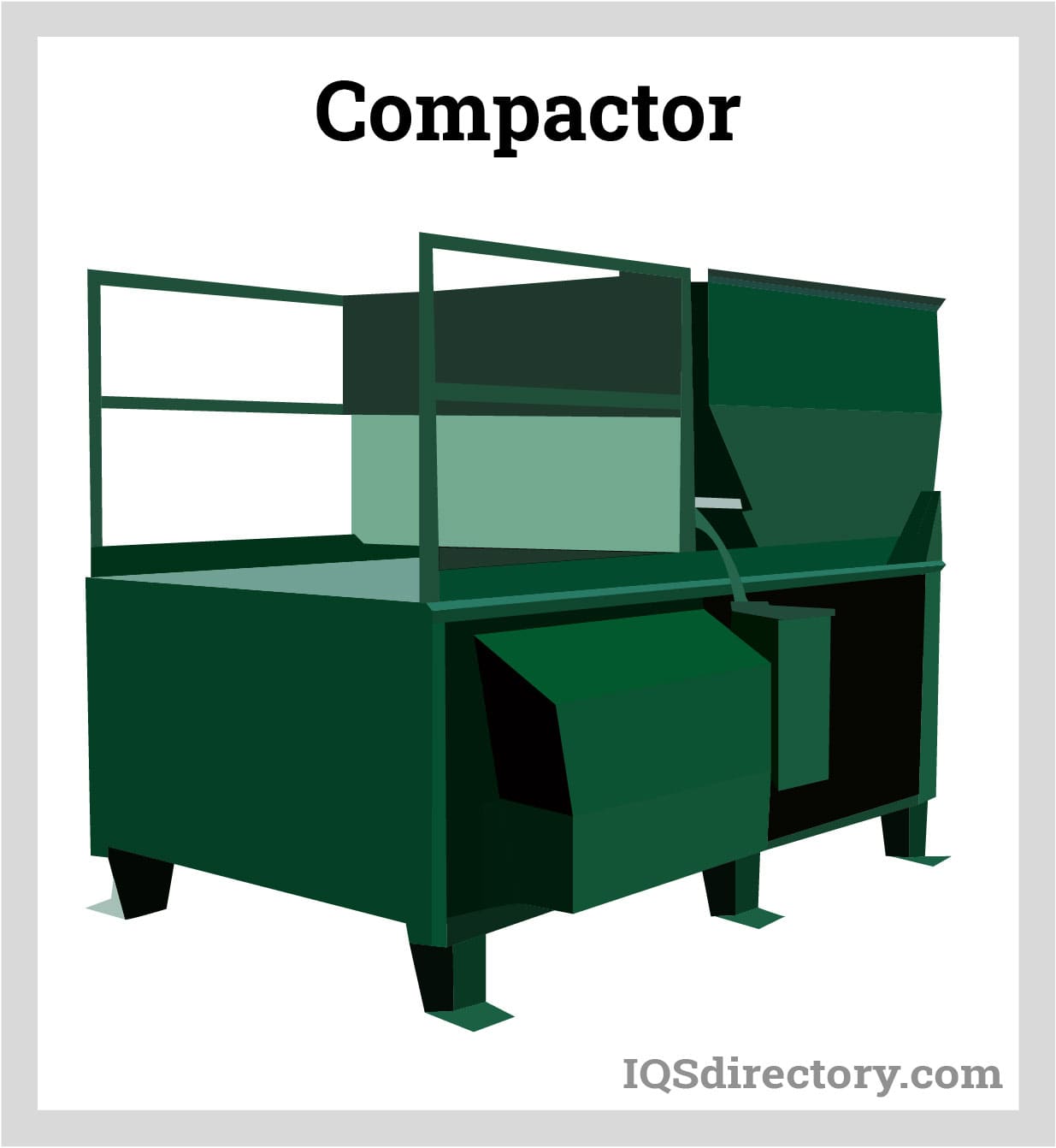
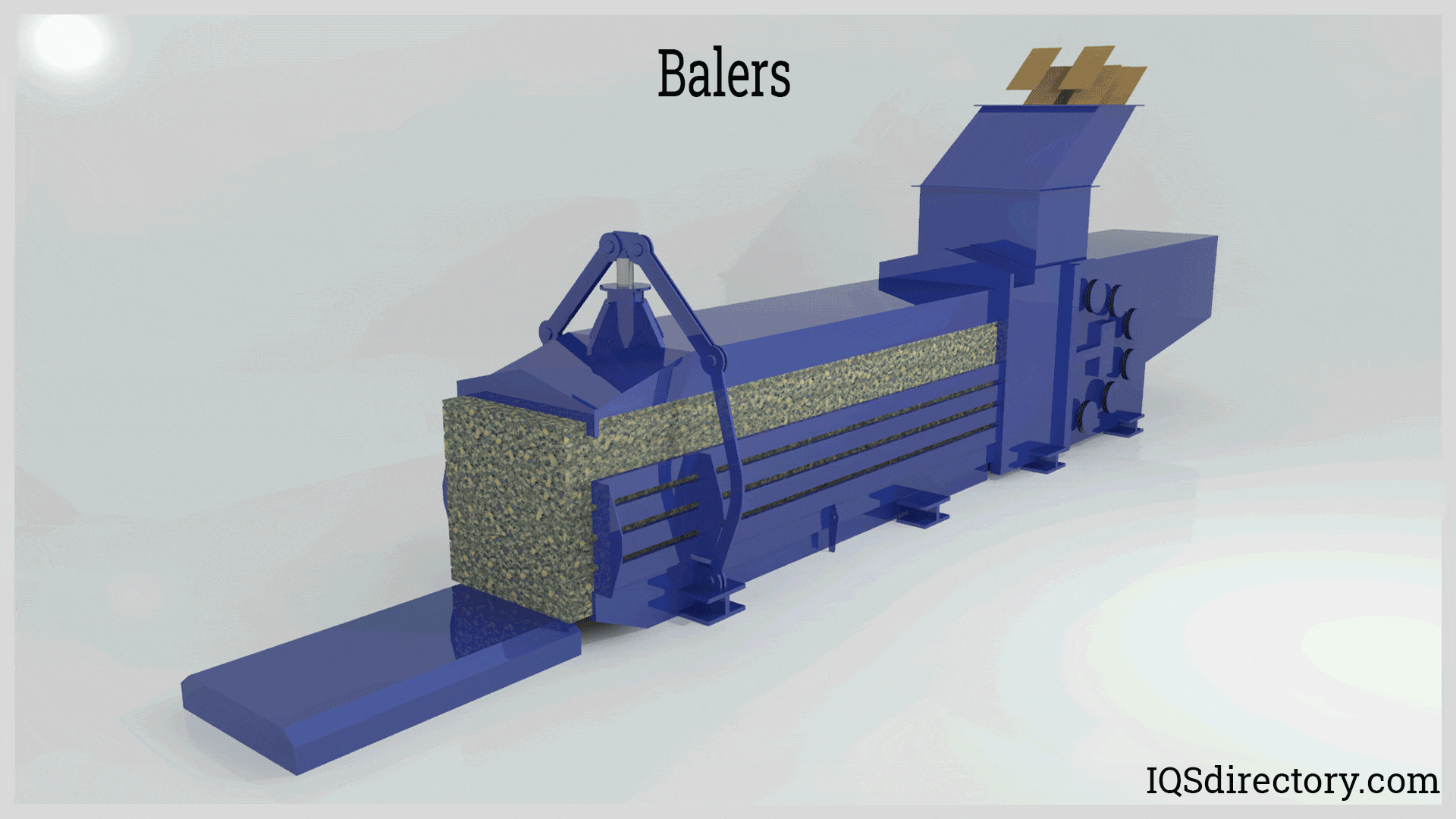
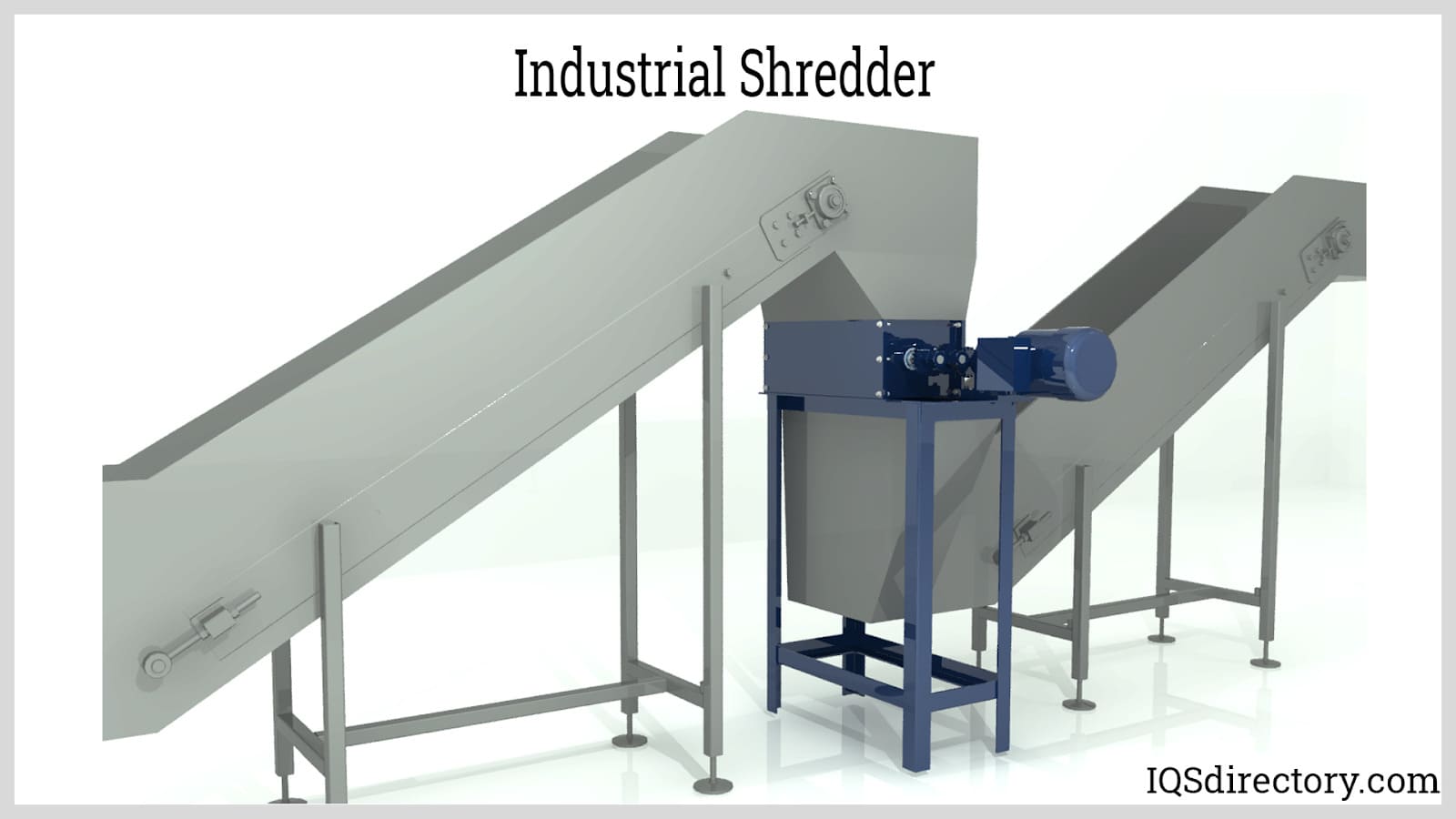
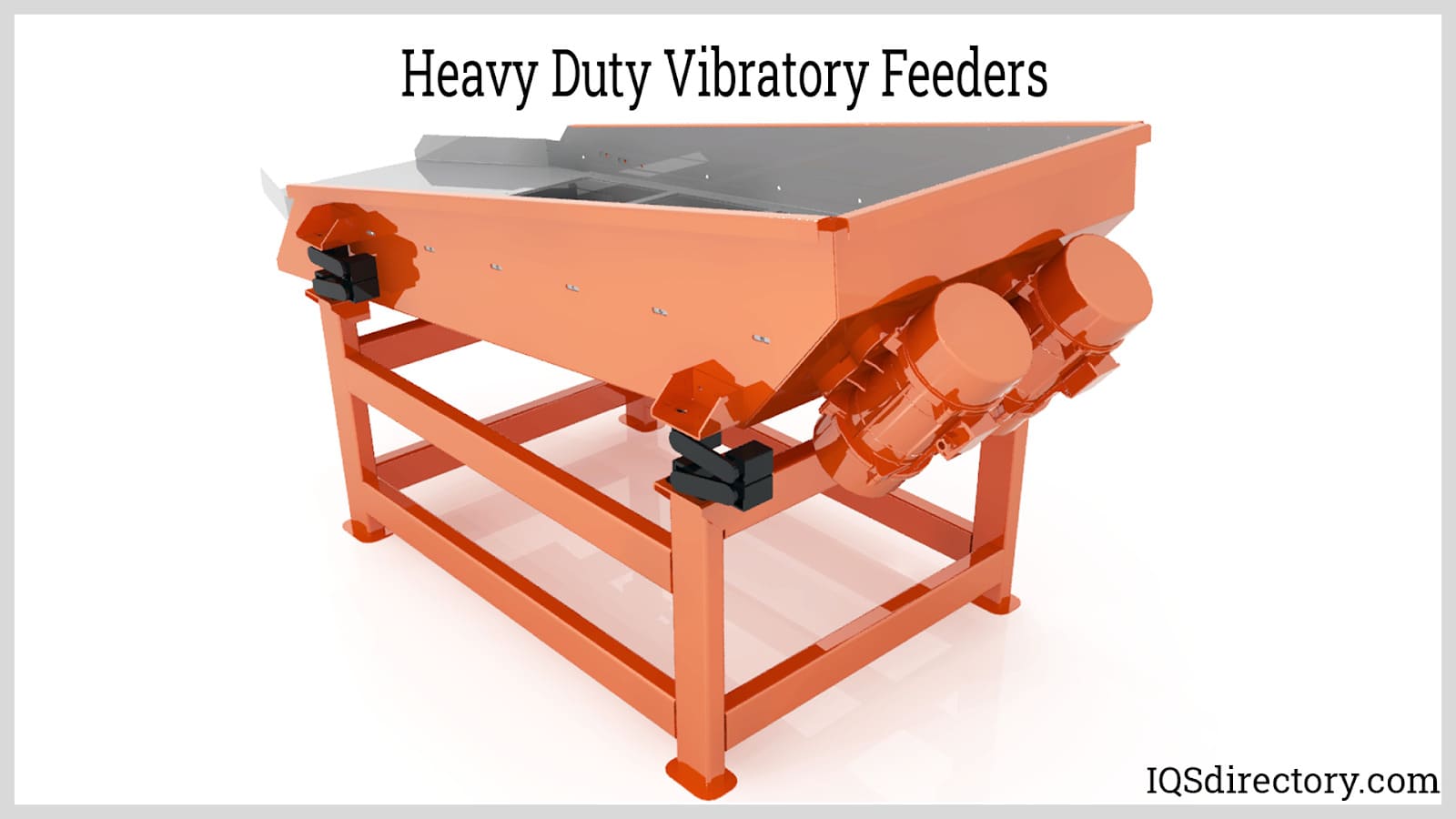
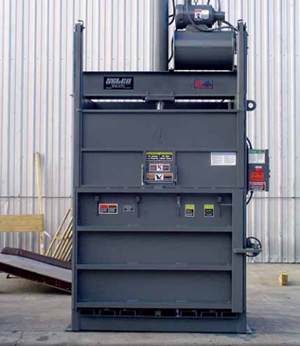 Balers
Balers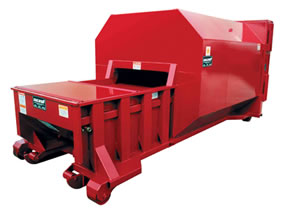 Compactors
Compactors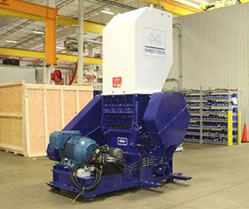 Granulators
Granulators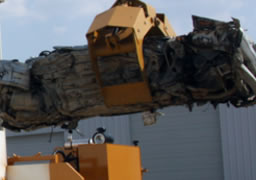 Grapplers
Grapplers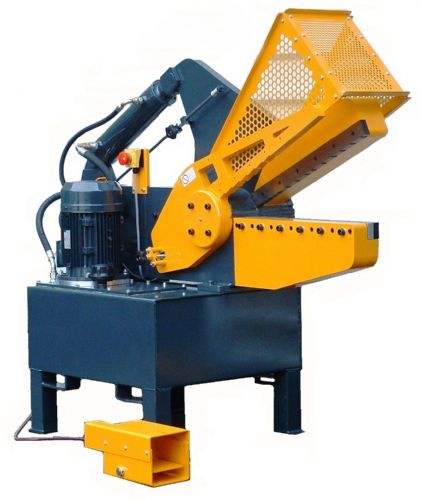 Metal Shears
Metal Shears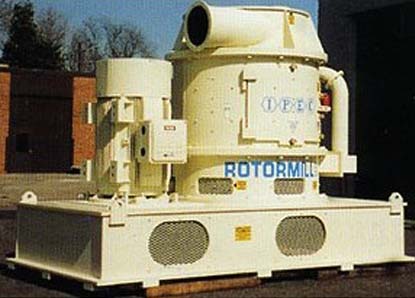 Pulverizers
Pulverizers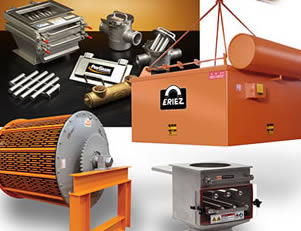 Separators
Separators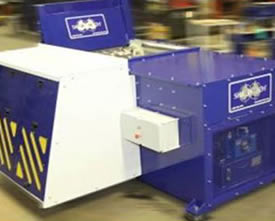 Shredders
Shredders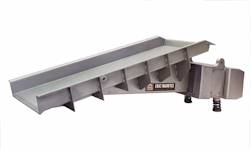 Vibratory Feeders
Vibratory Feeders Castings & Forgings
Castings & Forgings Bulk Material Handling
Bulk Material Handling Electrical & Electronic Components
Electrical & Electronic Components Flow Instrumentation
Flow Instrumentation Hardware
Hardware Material Handling Equipment
Material Handling Equipment Metal Cutting Services
Metal Cutting Services Metal Forming Services
Metal Forming Services Metal Suppliers
Metal Suppliers Motion Control Products
Motion Control Products Plant & Facility Equipment
Plant & Facility Equipment Plant & Facility Supplies
Plant & Facility Supplies Plastic Molding Processes
Plastic Molding Processes Pumps & Valves
Pumps & Valves Recycling Equipment
Recycling Equipment Rubber Products & Services
Rubber Products & Services